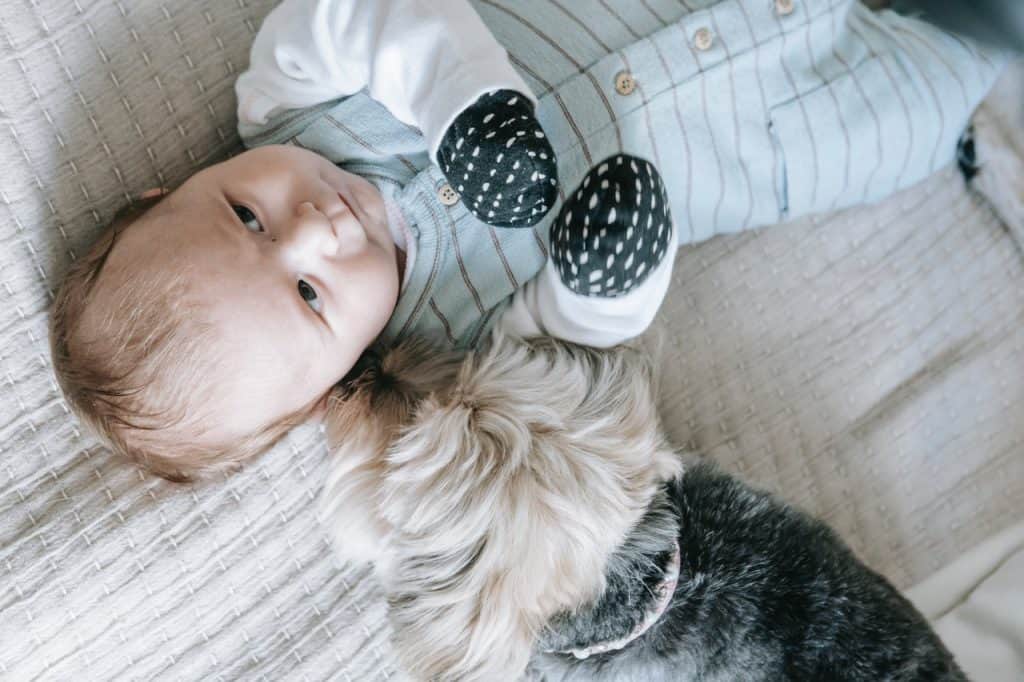Sponsored article
A dog is man’s best friend, this is known for a long time. But is it also a child’s best friend? There are many benefits to raising a child in a home with a dog, but there are also a few things to watch out for. See what are the pros of raising a child with a dog.
The Detroit Childhood Allergy Study, conducted over 18 years, found that children raised in a home where dogs and cats were present for at least the first year of life not only did not develop allergies to the species they interacted with, but their resistance to other environmental allergens increased. The myth that animals increase the risk of asthma in children was due to a lack of parental awareness and has long since been debunked. Contact with a dog is healthy! It may indeed be better not to allow a dog to lick your child’s face or otherwise exchange bacterial flora, but stroking a dog and playing with it certainly won’t harm your child, and may even be beneficial to him

Contact with a dog, which is a real radar of human emotions, allows a child to discover and better name his feelings and the emotions he is experiencing. Growing up with a dog also develops empathy and sensitivity in the child. The loyalty and boundless love of a dog arouses positive emotions in a child and helps develop empathy, among other things. Children are also eager to show affection to dogs, but one should be careful with that, because a child does not know dog’s body language and does not yet understand the differences between a dog and a human. For example, they may confuse showing teeth with smiling or fearful position with an invitation to play and thus provoke aggression in a dog. Toddlers also do not understand the territoriality of animals and may force the dog to behave aggressively when it does not respect the privacy of the dog bed, for example. Therefore, you must always supervise your child’s interactions with the dog.
A young child gets to know the world through all his senses, mainly through touch and in an oral way. In simple terms, this means that your baby first puts everything into his hands and then into his mouth. Unfortunately, if there is a dog in the house, there are often things that a child should not put in his mouth. For example, pet toys or chews made from dried offal. Beef intestines or chicken legs should only be left in the dog’s mouth. Also, dog food, although made of meat and offal and unpasteurized or dried, is not safe for the baby. Aside from the issue of choking on a hard crunch, this is not a product that will be well absorbed by a baby’s developing digestive system. Always keep your dog’s toys, chews and bowls in a safe place, out of reach of little hands.
If your dog has all his needs met, such as play, attention and sniffing, he will have no reason for frustration or jealousy, which is the main source of aggression towards children. Provide your pet with a wide variety of toys, which you can find at https://unizoo.pl/. Do not allow the dog to get bored, but also strictly control its contact with the child, because children have no sense of force and are not very delicate, so they can unintentionally hit the dog. After such a situation, the dog may get discouraged and start to fear the child, which may result in fear aggression. Remember that when a child comes into contact with an animal, all responsibility for the course of this interaction lies with you, not with the dog.
Main photo: Rodnae Productions/Pexels